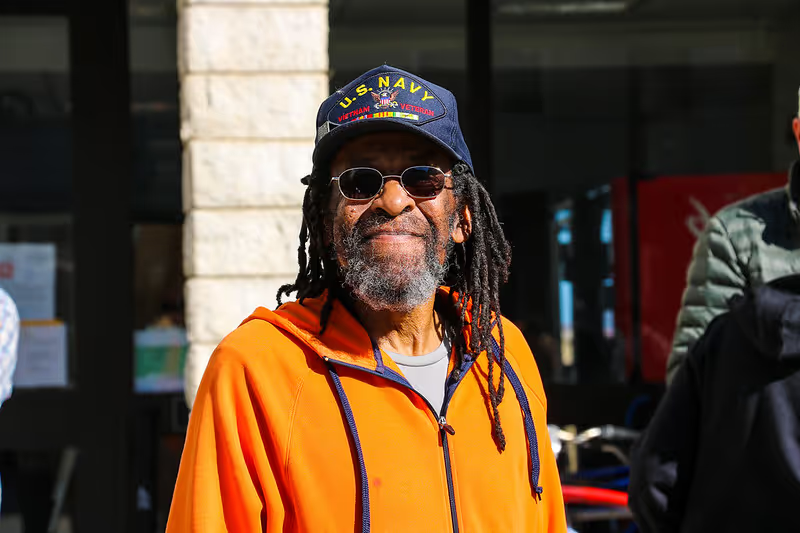Specific populations of veterans require considerations for outreach, engagement, and care approach.
VETERANS OF COLOR
According to the 2017 Department of Defense Workplace and Equal Opportunity Survey of Active-Duty Members, 31.2 percent of Black service members, 23.3 percent of Asian American service members, and 21 percent of Latinx service members reported suffering racial discrimination, harassment, or both.
This experience is borne out in the numbers of veterans who experience homelessness and veterans who received less than honorable, or “bad paper” discharges. Providers should consider that veterans of color may have experienced military race-based trauma, or that their race or ethnicity has impacted their opportunities in service and subsequent access to benefits and care. Veterans of color are also less likely to be successful in receiving service connection for PTSD, and our broader health care system has been known to dismiss, downplay, or overlook their health needs.
- Ensure that principles of diversity, equity, and inclusion are embedded in service delivery and examine your own implicit bias in your care approach.
- Tailor outreach materials to be inclusive and conduct outreach through diverse community-based organizations and entities.
- Adopt the motto “not about us without us” and ensure veterans of color are included in leadership decisions and treatment considerations.
WOMEN VETERANS
Women veterans are the fastest growing cohort among veterans. They serve in combat and have done so long before being officially sanctioned in those roles. They are, however, less likely to self-identify as veterans or to seek veteran-specific services, so non-veteran specific providers should absolutely screen for veteran status and related needs.
Women veterans have expressed feeling uncomfortable in predominantly male veteran spaces at VA and veteran agencies, or completely discounted and assumed to be wives, girlfriends, or daughters.
Women veterans also face substantial risks in service, including stresses of deployment, trauma, and the grossly high rates of military sexual trauma (MST). They are the fastest growing cohort among veterans who experience homelessness and they are far more likely to complete suicide than non-veteran women.
Military trauma can increase institutional distrust and create reticence to seek care. While you should never assume past trauma, be sure to apply trauma-informed practices and develop trust with women clients.
- It is important to make sure that the woman veteran seeking care is made to feel safe, and it is important for you as the provider to explore what feeling safe may mean to her.
- If possible, offer a separate, more private place to wait for appointments.
- Be sure to discuss confidentiality and resources you can offer, and try to understand her experiences as unique compared to civilian clients.
- Train staff on women veteran cultural experiences.
- Encourage women to take advantage of veteran specific care and benefits, including women veteran clinics at the VA. But based on their experiences, they may prefer not to seek veteran-specific care.
- Partner with women and family service community organizations for warm referrals.
LGBTQ+ VETERANS
LGBTQ+ veterans may be less likely to self-identify as veterans given the history of exclusion in military service. From a full bar to service to the era of Don’t Ask Don’t Tell (DADT), LGBTQ+ veterans have faced punishment, harassment, retaliation, and expulsion from the military. Described as the “double-closet,” veterans explain hiding their LGBTQ+ status from fellow service members and hiding their military or veteran status from civilians to avoid stigma and worse. Transgender veterans most recently have been subject to social and political backlash.
Given this history, it is understandable that LGBTQ+ veterans may be hesitant to seek out veteran-specific services.
- Consider LGBTQ+ veterans in your outreach and develop materials specifically inviting the LGBTQ+ veteran community to care.
- Conduct outreach through service providers and community groups.
- Pronouns matter. Misgendering a veteran can have lasting consequences during care. Ask “can you remind me which pronouns you prefer that people use for you?” to avoid misgendering them.
- Avoid unintended judgmental statements or questions, such as asking about the gender of their partner or making assumptions about their experiences and trauma based on their status.
- Ensure all staff are trained in LGBTQ+ culture and care approach.









